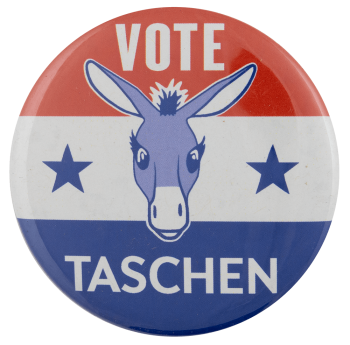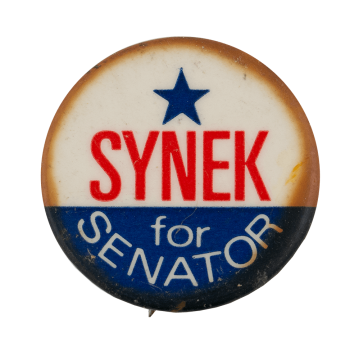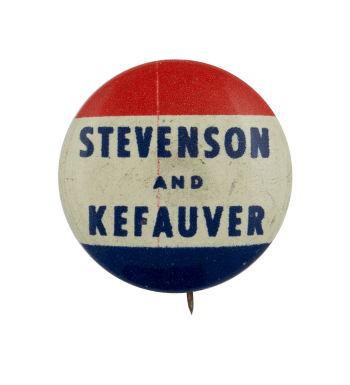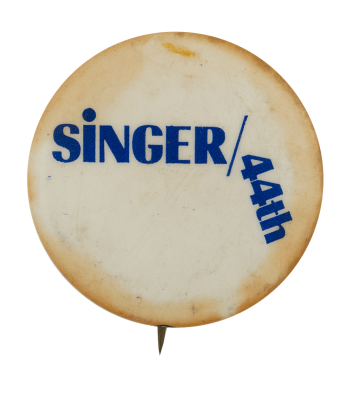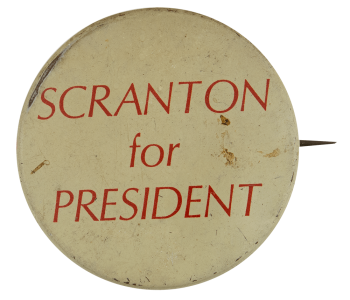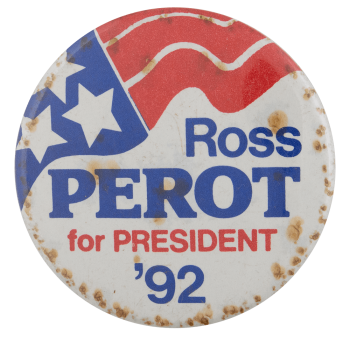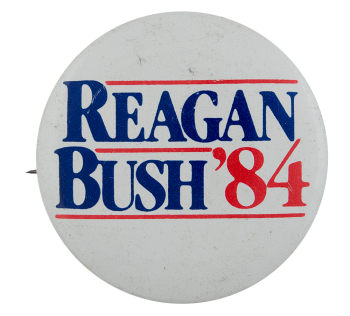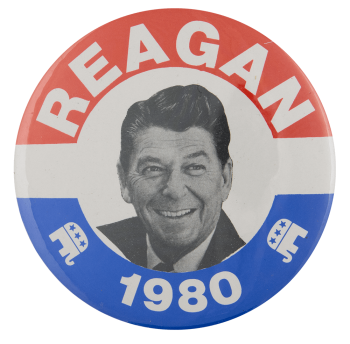Vote Taschen
| Category | |
|---|---|
| Additional Images | |
| Sub Categories | |
| Text on Button | VOTE TASCHEN |
| Image Description | Blue donkey with stars in center on white stripe with white text on red background above and blue background below. |
| Curl Text | JFK: SUPERMAN COMES TO THE SUPERMARKET BY NORMAN MAILER PUBLISHED BY TASCHEN |
| Back Style | |
| The Shape | |
| The Size | |
| Additional Information | JFK: Superman Comes to the Supermarket was written by Norman Mailer and first published in 1960 by Esquire magazine. The rights to publish the material were eventually picked up by Taschen publishing. The content was eventually re-released in book format, and it covers the 1960 presidential campaign of John F. Kennedy. The book is unique in that it is a photo book that covers the campaign from beginning to end. The reader can experience the surge of momentum that Kennedy brought as they advance in pages. This eventually culminates in his election victory, with Mailer covering every step in between. Taschen publishing was founded in 1980 by Benedikt Taschen and originally only published comic books. The company later evolved to publish other art books, hence the acquisition of Mailer’s photo book. The company is still managed by Benedikt, who now co-manages with her daughter, Marlene Taschen. |
| Sources |
Hanlon, P. (2016, July 18). How Taschen seriously disrupts bookselling with amazing brand experiences. Forbes. https://www.forbes.com/sites/patrickhanlon/2016/07/14/how-taschen-serio… Taschen. (n.d.). Norman Mailer. JFK. Superman Comes to the Supermarket. https://www.taschen.com/pages/en/catalogue/photography/all/02887/facts…
|
| Catalog ID | PO1055 |

